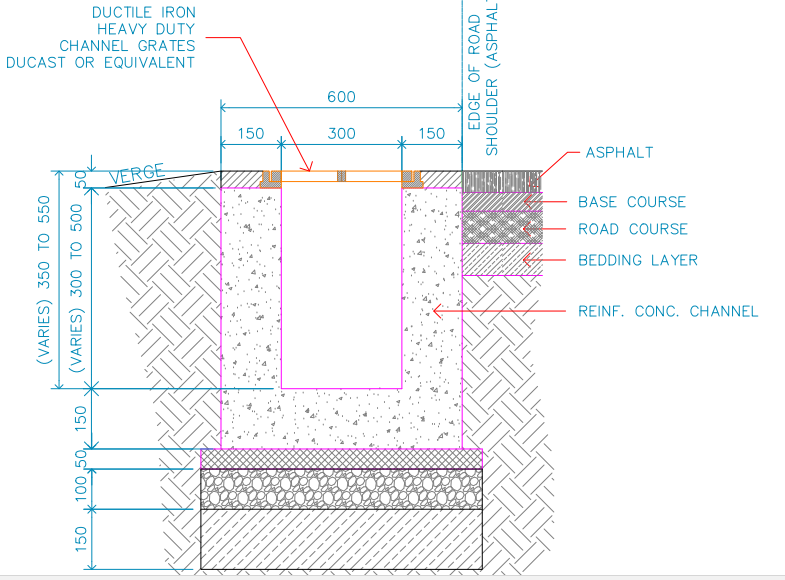Jandra11
Structural
- Jun 18, 2017
- 109

is there a possibility not to put any reinforcement on the concrete considering the concrete can withstand the load itself? any advise and comments are very much welcome. thank you.
Follow along with the video below to see how to install our site as a web app on your home screen.
Note: This feature may not be available in some browsers.
OP said:is it more economical to use steel fibers
OP said:any thoughts on this details? what will be the problem disadvantages of this detail?
